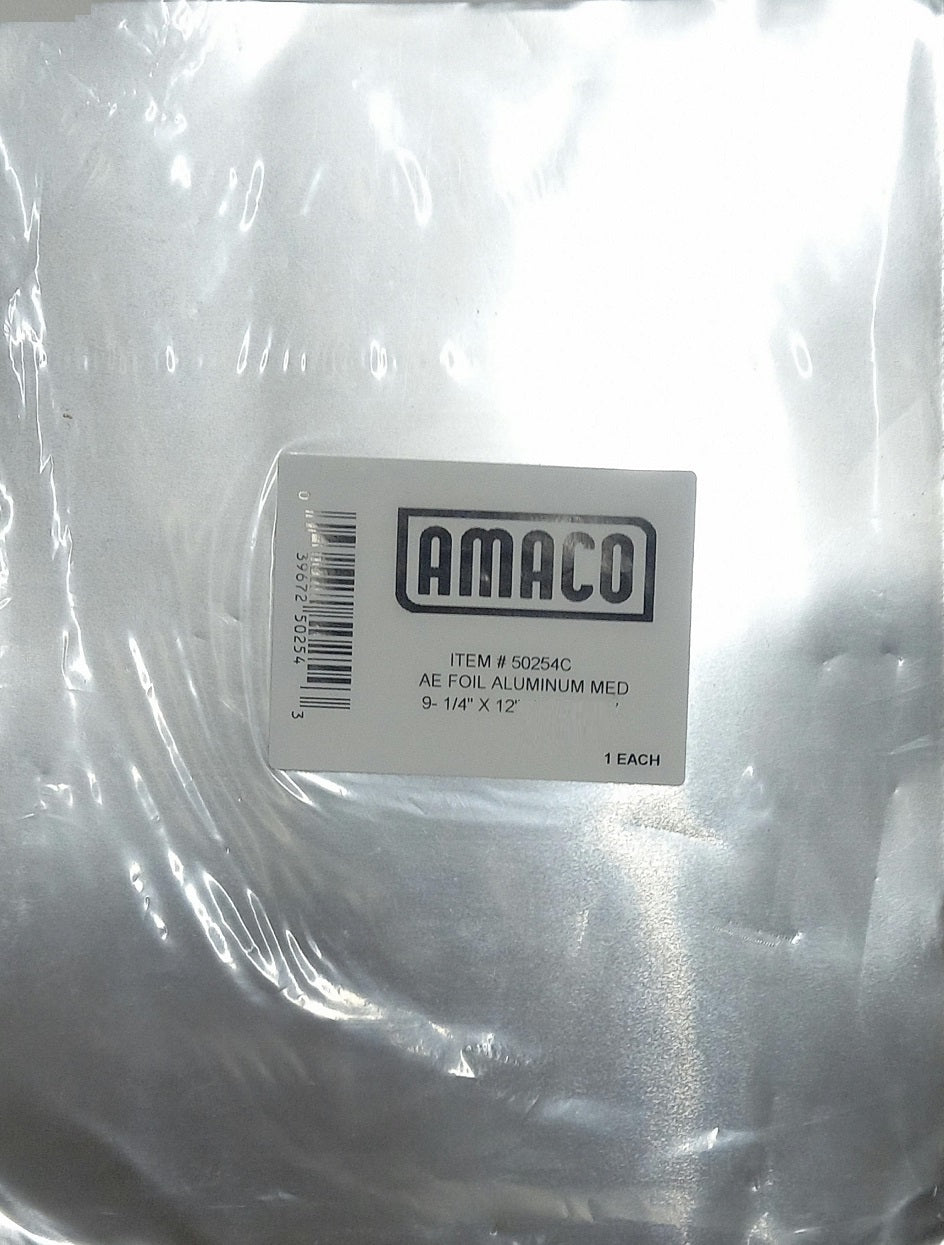Loom Love: Comparing Our Favourite Rigid Heddle Looms
Weaving is more than just making cloth—it's a peaceful, meditative practice that draws us in with its gentle rhythms and satisfying tactile flow. For many weavers, the process itself holds as much joy as the finished piece.
If you’re new to weaving or looking for a simple, portable setup, a rigid heddle loom is a wonderful place to start. Unlike shaft or table looms (which use moveable shafts to create more complex weave structures), a rigid heddle loom has a fixed heddle that allows you to weave using basic techniques—perfect for learning the foundations without being overwhelmed.
Rigid heddle looms are popular with beginners for good reason: they’re affordable, compact, fast to warp, and create less waste. While they may be simple, they still offer a surprising amount of versatility in what you can weave, and give you time to get comfortable dressing the loom before diving into more advanced methods.
This month, we're comparing two of our favourite rigid heddle looms: the Ashford Knitters Loom and the Kromski Harp Forte. Whether you're deciding on your first loom or looking to add another to your collection, we hope this side-by-side helps you find the right fit for your weaving journey.



Final Thoughts
Notable Advantages of the Ashford Knitters Loom
The Knitters Loom offers a broader range of heddle dent options (which means more flexibility in sett) and folds down neatly for travel with a compact profile. While it’s at a higher price point, it does include a sturdy carry bag, which makes it especially appealing for those who like to take their weaving on the go.
Notable Advantages of the Kromski Harp Forte
The Harp Forte comes in a wider range of sizes, with both smaller and larger weaving widths than the Knitters Loom. It also folds for travel and is available in a few beautiful wood finish options. One handy feature is its built-in warping board on the back of the loom, which means there’s no need for a separate one. Its apron rods are also well suited to indirect warping, though it comes with a peg for direct warping too.
Tension System and Ease of Use
One of the key differences between these looms is the tensioning system. Both looms use ratchets and pawls to tighten and advance the warp, but users have noted that the Harp Forte’s metal pawls are easier to operate and require less force to engage. The grip knobs are also more ergonomic and comfortable to use—especially handy for those with sensitive wrists or joints. The newer Harp models (called the Harp Forte) use strong metal ratchets and pawls, but if you happen to have an older version, there’s an upgrade kit available.
The Knitters Loom, on the other hand, uses plastic ratchets and pawls. These do tend to become easier to use over time as the plastic flexes with repeated use. There is a tool available to help turn the knobs if needed, though some may find it a little fiddly. For those with good wrist strength, you may not have an issue.
Dents, Sett, and Cloth Density
When weaving on a rigid heddle loom, the dent (measured in dents per inch, or dpi) determines the sett of the cloth—that is, how densely packed the warp threads will be. In weaving terms, sett is measured in ends per inch (epi), with one "end" being a single warp thread. If you’re more familiar with knitting, you can think of sett a bit like the gauge of your fabric.
Rigid heddle looms are typically measured in the imperial system (though some weavers prefer dents per 10cm). It's worth noting that the finished sett will usually be slightly lower than the heddle’s dpi due to draw-in during weaving and a little shrinkage in the finishing process.

We hope this comparison has helped lay out the key features and differences between these two looms in a way that’s easy to understand—especially if you’re just starting out on your weaving journey. Every weaver is a little different, so it really comes down to what suits your needs, space, budget, and hands best. Whether you’re drawn to portability, versatility, or comfort, there’s no wrong choice—just the right one for you.



